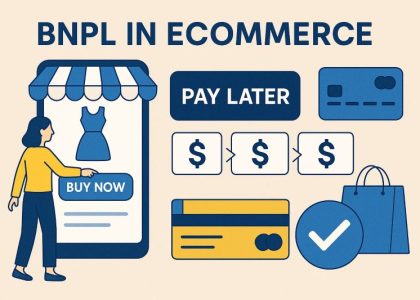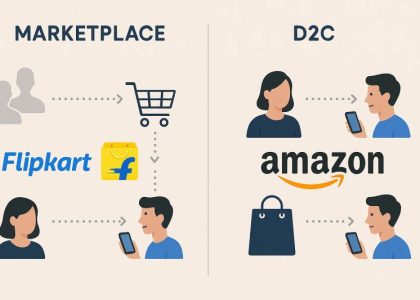In today’s competitive online market, creating a professional ecommerce website doesn’t have to drain your wallet. With the right approach, you can build a fast, visually appealing, and high-converting ecommerce site—on a budget. This blog shares the most effective, budget-friendly website design tips tailored for new entrepreneurs and small businesses in 2025.
1. Start with a Clear Goal and Simple Layout
Don’t overcomplicate your design. Define your ecommerce goals—selling products, generating leads, or growing brand awareness. Then, design a site layout that directly supports those goals.
- Use a clean navigation bar
- Avoid unnecessary pages
- Keep call-to-action (CTA) buttons visible and bold
Pro Tip: Focus on function over fancy visuals. A clear structure improves user experience and boosts conversion rates.
2. Use Budget-Friendly Ecommerce Platforms
Opt for platforms that offer all-in-one ecommerce features at minimal cost. Popular options include:
- Shopify (basic plan starts affordably)
- WooCommerce (free with WordPress)
- Big Cartel (great for artists or small stores)
- Ecwid (can be added to any existing website)
These platforms offer free themes, product management tools, and secure checkout systems—saving both time and money.
3. Choose a Free or Low-Cost Responsive Theme
Responsive design is non-negotiable in 2025. Ensure your site works seamlessly on mobiles and desktops. Most ecommerce platforms provide high-quality, free themes that are:
- Mobile-friendly
- SEO-optimized
- Customizable
Avoid hiring a custom designer unless necessary. Use drag-and-drop builders or tweak the theme using free tools.
4. Optimize Images Without Sacrificing Quality
High-quality images are essential, but large files slow down your website. Use free tools like:
- TinyPNG
- ImageOptim
- Canva (for product graphics)
Compress images before uploading. This keeps the site fast—vital for SEO and user retention.
5. Install Only Essential Plugins
Plugins can improve site functionality but too many can cause lags or errors. Stick to essentials like:
- SEO plugin (Yoast or Rank Math)
- Security plugin (Sucuri or Wordfence)
- Payment gateway
- Inventory management
Fewer plugins = faster site = better user experience.
6. DIY Product Photography and Content Writing
Instead of hiring professionals, use your smartphone for product photos and free editing apps like Snapseed. Write product descriptions yourself using this formula:
- Start with a benefit-driven headline
- Highlight key features in bullet points
- End with a motivating CTA (e.g., “Order Now!”)
Use tools like Grammarly and Hemingway Editor to polish your writing.
7. Leverage Free Tools for SEO and Marketing
SEO helps you get traffic without paid ads. Here’s how to start free:
- Use Google Keyword Planner to find search terms
- Install Google Analytics to track visitors
- Add Google Search Console to monitor SEO performance
- Write blogs or product guides around customer questions
Content marketing builds trust and drives organic traffic.
8. Keep the Checkout Process Simple
Abandoned carts often happen because of complicated checkout pages. Keep it short and clear:
- Offer guest checkout
- Provide multiple payment options
- Show trust badges or reviews near the checkout
A smooth checkout can increase your sales significantly.
9. Use Social Proof Without Paying Extra
Customer reviews, testimonials, and user-generated content (UGC) cost nothing but increase credibility. Ask happy customers to share photos or give feedback. Then, display those on your product pages.
10. Maintain Your Website Yourself
Instead of hiring monthly developers, learn basic website maintenance:
- Update themes and plugins regularly
- Backup your website weekly (free plugins available)
- Monitor site speed using PageSpeed Insights or GTmetrix
These habits prevent issues and save service costs.
Conclusion: You Can Design Smart on a Budget
Creating an ecommerce website doesn’t need a huge budget. With the right tools, platforms, and strategies, you can launch a high-performing online store that reflects your brand and drives sales. Follow the steps above, stay consistent, and evolve your site based on customer feedback.





